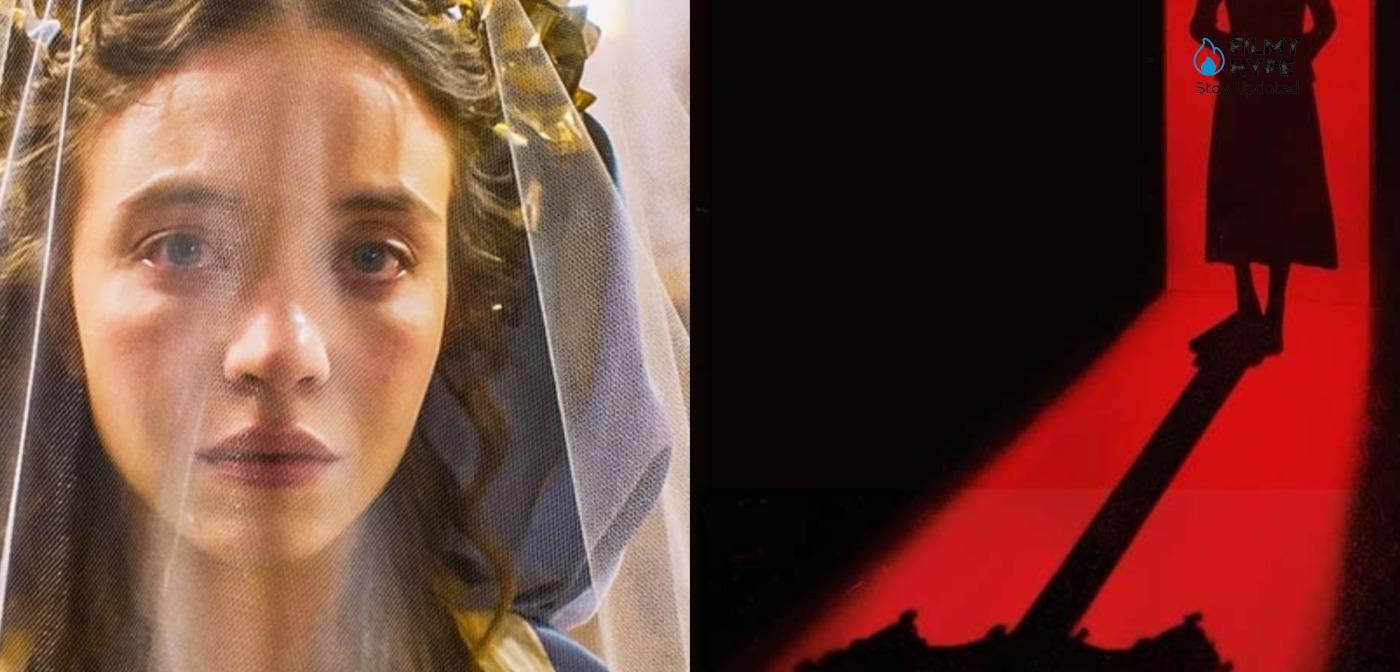Immaculate Vs The First Omen: Here’s Why These Two Horrors Have a Lot in Common
Immaculate Vs The First Omen: Immaculate and The First Omen have best told the story of the commodification of the female body in the Catholic Church: here’s why. 2024 has been a particularly fruitful cinematic year for the American horror genre, which has recently (re)discovered all the dark, shadowy, and perverse charm of the iconographies and founding rituals of the thousand-year-old doctrine of the Catholic Church. It is certainly no coincidence that during this year two feature films debuted that almost complement each other, in terms of location, settings, visual suggestions, content, and ambition. And yet, strange but true, neither of the two films we are about to talk about have “copied” or borrowed ideas from the other, because they went into production in relatively very short times and close to each other.

Immaculate Vs The First Omen: Here’s Why These Two Horrors Have a Lot in Common
We are talking respectively about Immaculate, in our theaters from Thursday, July 11 with Leone Film Group and Adler Entertainment, and The First Omen, a prequel currently available to all Disney+ subscribers. Both films have a lot in common, not least the fascination with the shadowy and secret-filled world of nuns and the clergy, priestly orders that for centuries have propagated the dogma of the Catholic Church first in Rome, then in Italy, and subsequently in much of the Western world. And it is precisely about Italy, nuns, patriarchal systems, and miraculous second coming that the two horror films that have characterized this still ongoing cinematic 2024 speak.
What is Immaculate About?
Young novice Cecilia (Sydney Sweeney) converts to Christianity at a young age. After surviving drowning in a frozen lake and being pronounced dead for seven minutes, Cecilia is convinced that God saved her for a purpose. She receives an invitation from Father Sal Tedeschi (Alvaro Morte) to join a convent in Italy that cares for aging nuns; she decides to take perpetual vows to adhere to the evangelical counsels and becomes a nun, being decorated with a rosary. At the Italian convent, Cecilia befriends Sister Gwen (Benedetta Porcaroli) and is struck by certain oddities within the building, such as an elderly nun with cross-shaped scars on the soles of her feet. Additionally, Sydney Sweeney’s character discovers that the convent chapel houses a relic of the Holy Nail that crucified Jesus Christ. After having nightmares of hooded figures, Cecilia is shocked to discover that she is pregnant, even though she is an absolute virgin, so much so that the convent’s residents begin to treat her as the new Virgin Mary, with many proclaiming that the child is a “blessing” and a true miracle for the Catholic Church.
To then discover that in reality Cecilia was voluntarily chosen by Father Tedeschi (in collusion with the monsignor and the Mother Superior of the convent) as the bearer of the new “Messiah”, whose DNA has been sought and tested for years with poor results by the priest played by Alvaro Morte from the tip of the relic of the Holy Nail. The young nun thus finds herself carrying in her womb without sin the possible miracle of the second coming of Jesus Christ on Earth, a miracle aborted (literally) repeatedly on the skin and body (female) of many young devotees and novices before the unfortunate Cecilia. Who, however, will sell her skin dearly to unmask the conventicle conspiracy and to “free herself” from the creature that is growing exponentially in her womb.
Immaculate Conception (?)
Even within a plot and a script that does not skimp on sinking its roots in the most pop and mocking horror cinema of recent years without pretentious turns towards unnecessary authorship, the film directed by Michael and written by Andrew Lobel is nevertheless a very interesting reflection not only on the decades-long fascination of overseas cinema towards the Roman clergy, its rites, and its unfathomable mysteries but also and above all an examination in body horror sauce (with very clear flashes and reverent homages to the climax of the cult Rosemary’s Baby by Roman Polanski) on the commodification and exploitation of the female body within the vertical and patriarchal dogmatism of the Catholic Church of yesterday and today.
Surrounded by an almost predominantly Italian cast (Immaculate also features Benedetta Porcaroli, Simona Tabasco, Giorgio Colangeli, and Dora Romano), Sydney Sweeney becomes the spokesperson of a desperate and at the same time courageous feminist cry that, thanks to the horrific vicissitudes of pregnancy as miraculous as it is perverse, restores legitimacy to the figure of women within the ecclesiastical hierarchy. Ultimately, Sister Cecilia in Immaculate is the recipient (literal and metaphorical) of a new coming, the return to Earth of a second Messiah who would have brought back prestige and dogmatic validity to a millenary system, that of the Catholic Church, in a profound crisis of faith. A violent and godless process, that of the attempted laboratory birth of a Jesus Christ 2.0, which necessarily and brutally passes through the biological fertility of the female world, here a mere procreative instrument in the hands of purely male minds and hierarchical personalities (not only the perfidious but determined Father Tedeschi but also the conniving Monsignor Merola played by Colangeli).
Similarities with The First Omen
Content and thematic similarities that in a certain way mirror The First Omen, a prequel to the 1976 horror masterpiece directed here by debutante Arkasha Stevenson and currently available on Disney+. The film starring a very good Nell Tiger Free (we spoke highly of her when it came out in theaters with these words) tells the adventures of the novice Margaret Daino who arrives in Rome in 1971 during the violent protests of the radical left of the period. The young woman joins the group of nuns of the Vizzardelli Convent, where she will discover dark secrets, experience an unexpected night in a disco, be impregnated by the Devil himself, and give birth to what the conspiracy theorists within the Catholic Church itself boast as the Antichrist. An evil plan so that the secularity of the religious institution based in Rome, in a very strong crisis after the riots and revolutions of 1968, is restored with the coming to Earth of the son of the Devil himself, the sworn enemy of humanity that only the Holy Church could fight.
Doesn’t this also remind you of some points in the screenplay for Immaculate by Andrew Lobel? Although the two film projects were developed in different phases and without apparent contamination, both feature films have given rise and impetus to readings and interpretations of the content and allegory with a similar and at the same time specular flavor. Of course, in Immaculate, the protagonist carries the potential new Messiah in her womb. At the same time, Margaret in the prequel by 20th Century Studios finds herself giving life to the iconic Damien, the Antichrist and son of Satan himself, the protagonist (in this case, literally Luciferian) of the masterpiece The Omen by Richard Donner and starring Gregory Peck.
Fighting Patriarchy in the Catholic Church
What they have in common is certainly not only Italy as the backdrop to the events and a large secondary cast of local actors, but also a twinned reflection on the thousand-year-old patriarchal system of the Catholic Church and the role of the female body in it. In essence, Immaculate and Omen have forcefully brought to the surface the narrative needs and urgencies of a cinematographic genre, that of horror, which is increasingly conquering vital spaces in the recesses not only of authorial production but also in the more popular and commercial one.
The related feature films directed by Michael Mohan and Arkasha Stevenson speak from both sides of the Atlantic Ocean to a religious imagination that has its celluloid roots since the times of Rosemary’s Baby and The Exorcist, and then obviously moving on to The Omen in 1976 and giving back to these milestones of American horror a post-modern and maternal female gaze that questions the viewer and the new generations on the centuries-old errors of Catholicism, on the historical and social radicality of feminist struggles and the responsibilities of the ecclesiastical institution about the denaturation and commodification of the female body as an instrument of mere procreation of life. And that seems like little to you?

